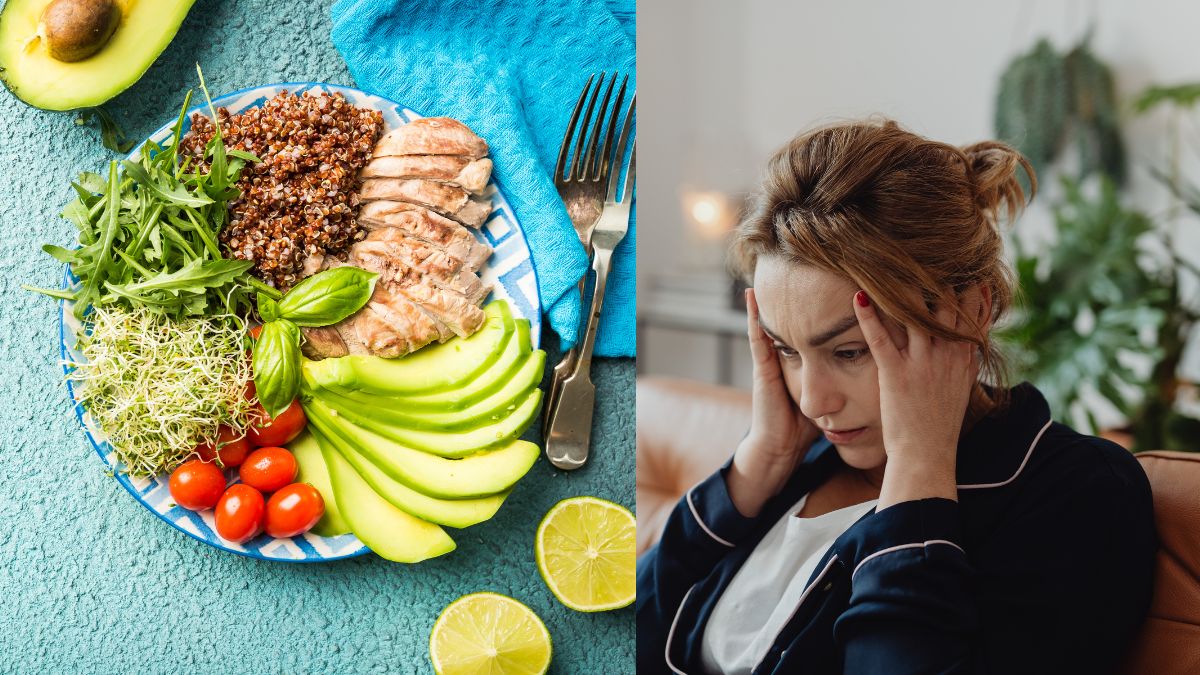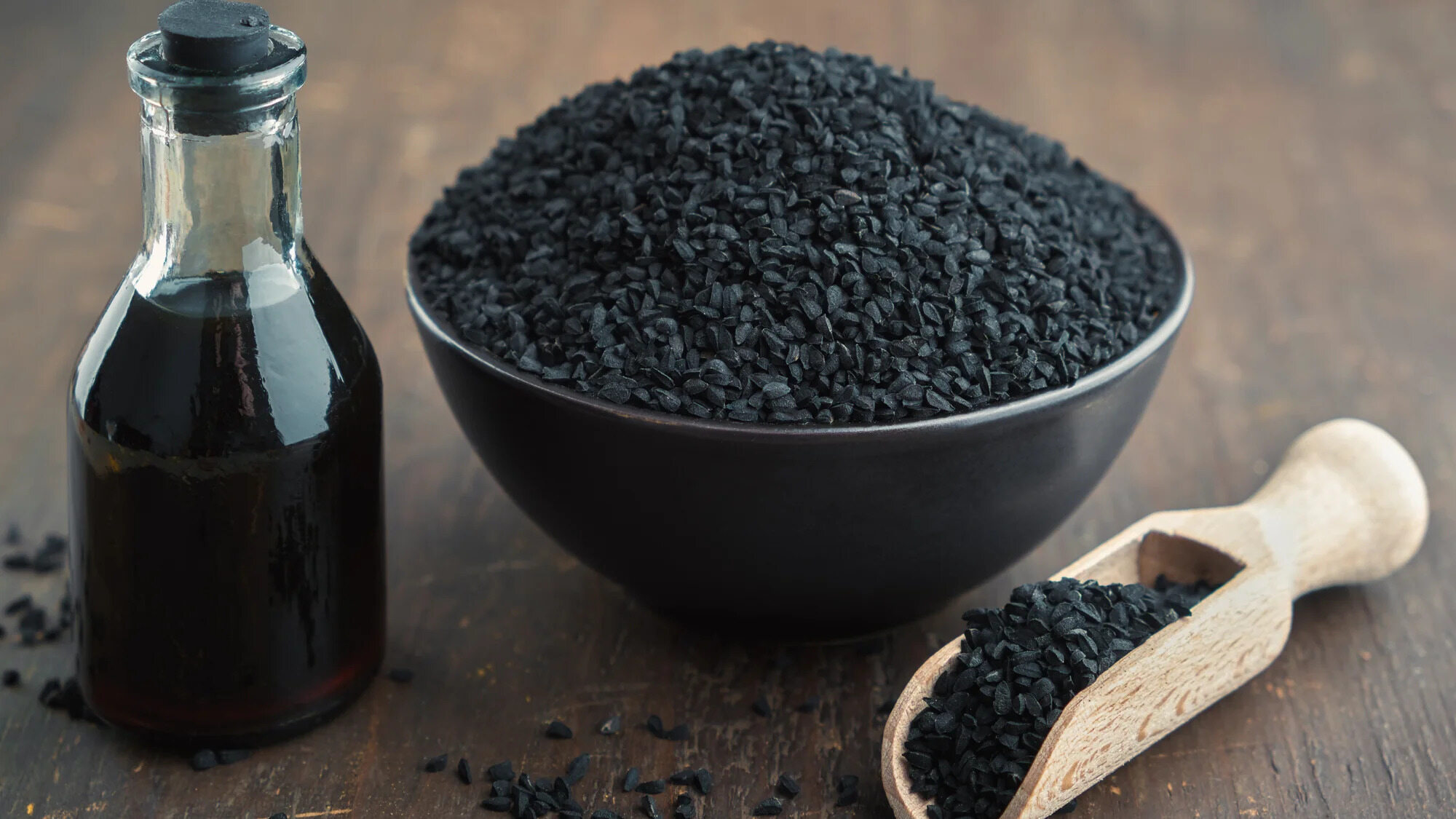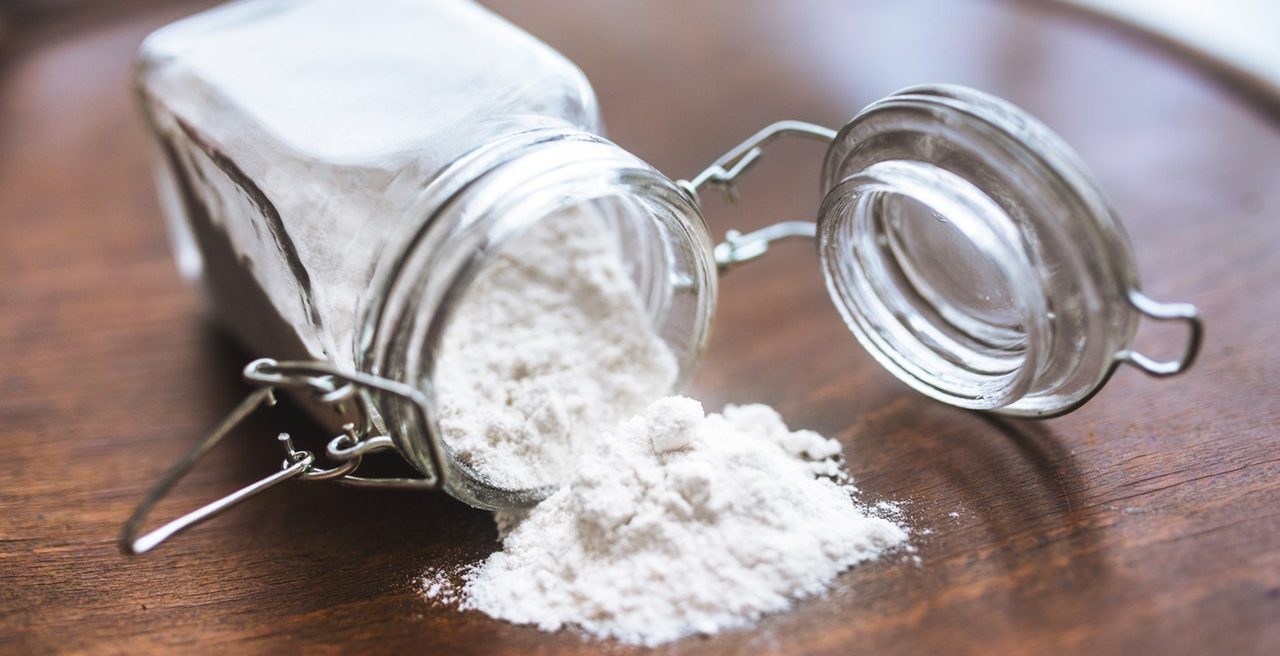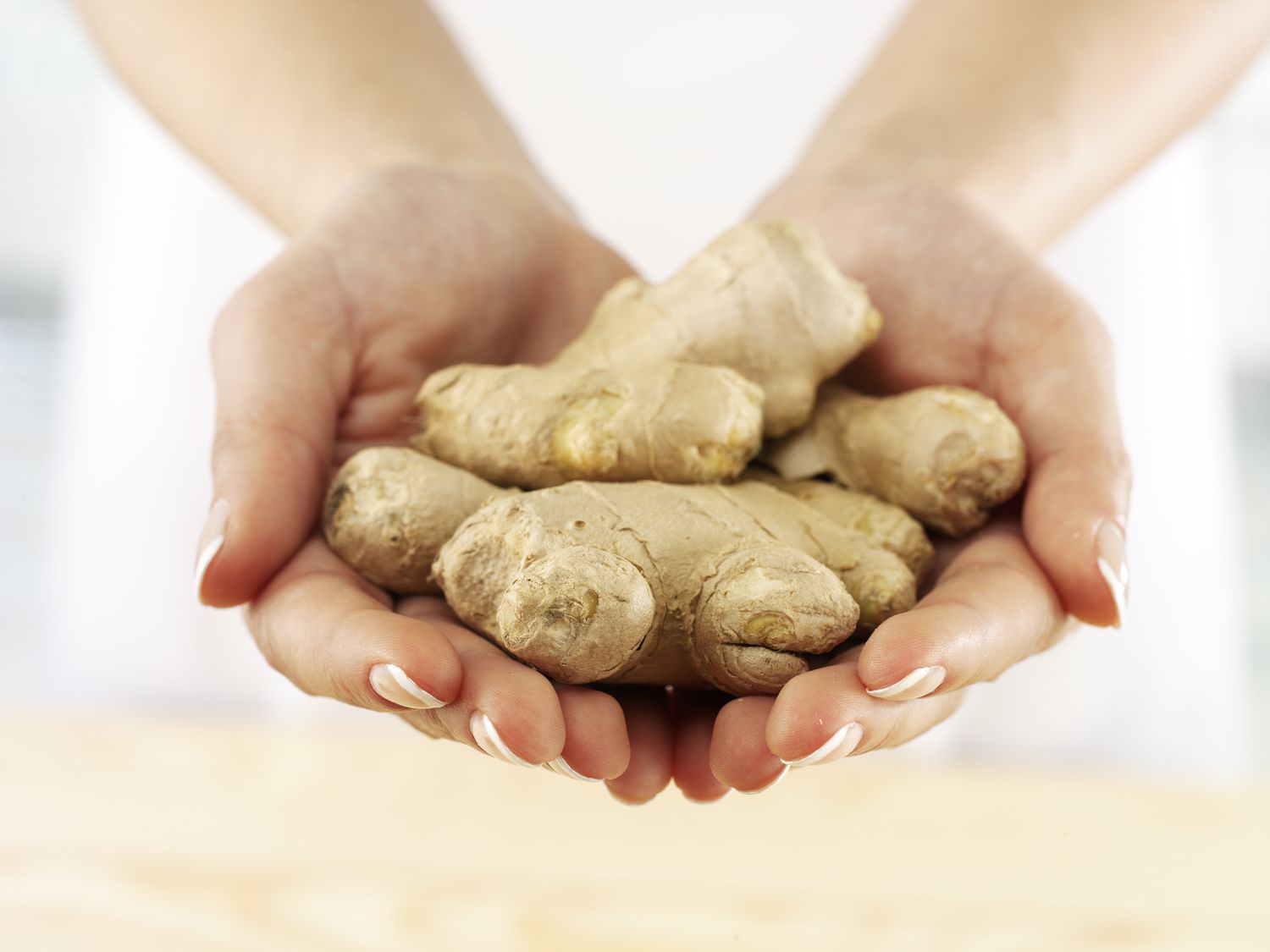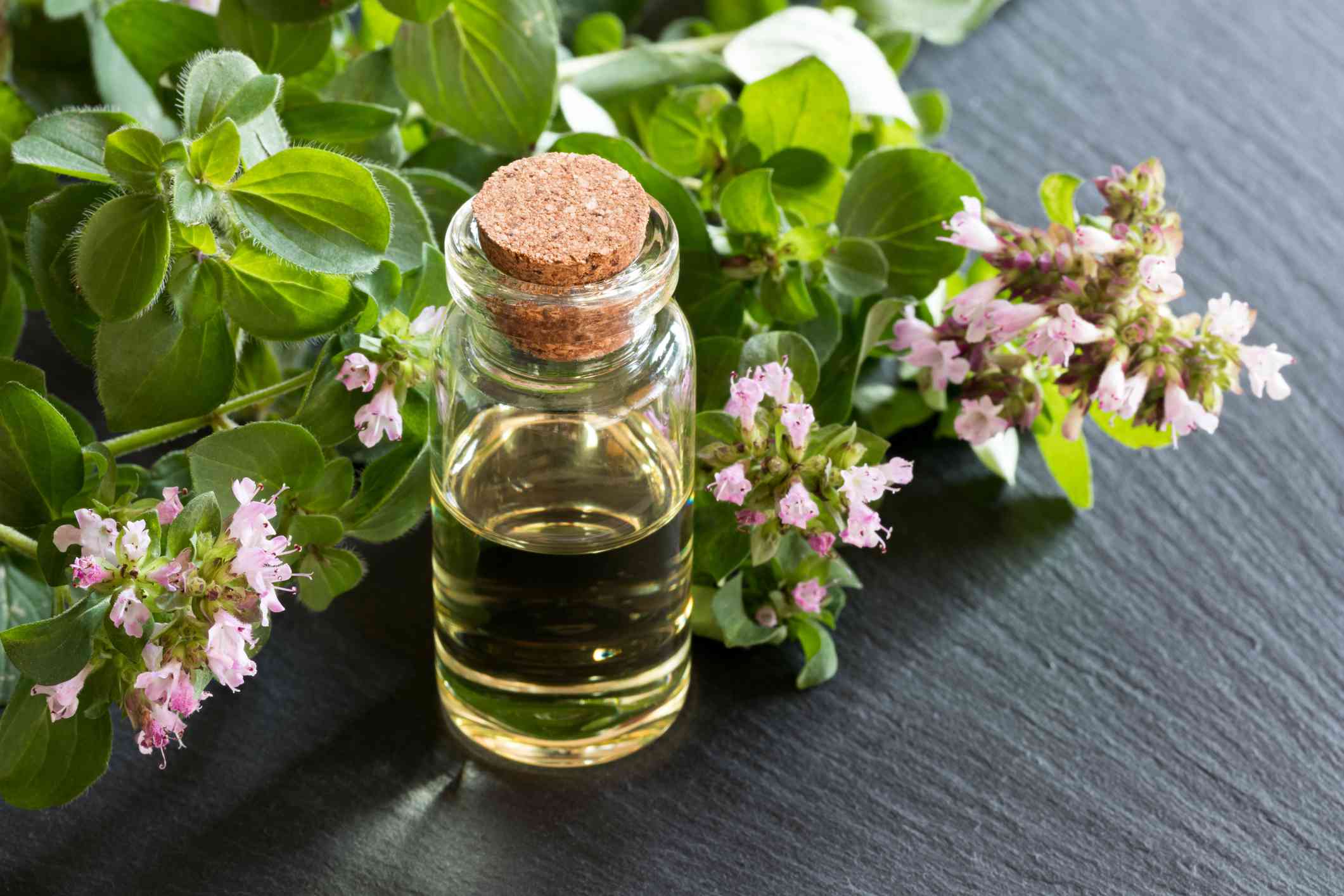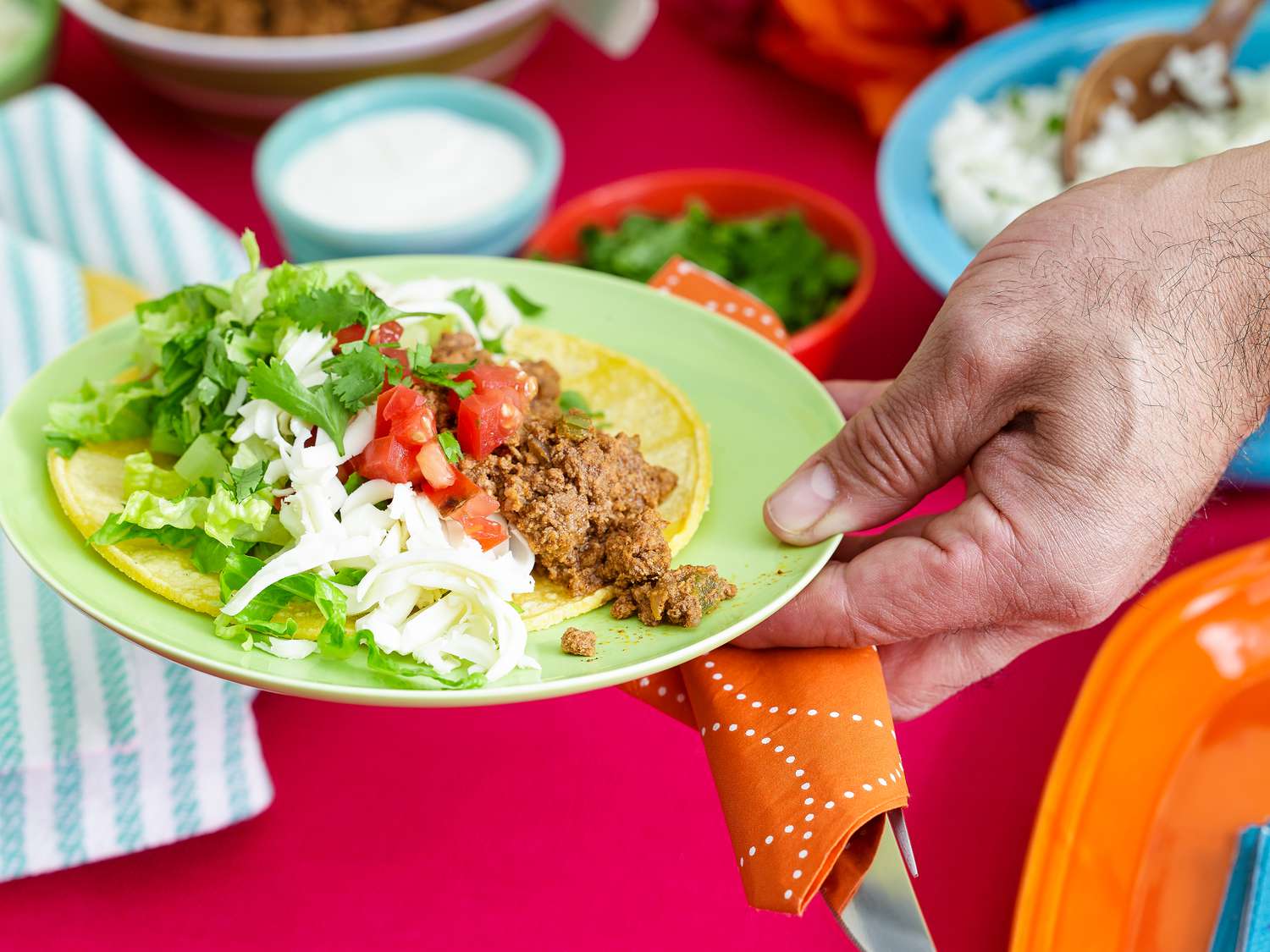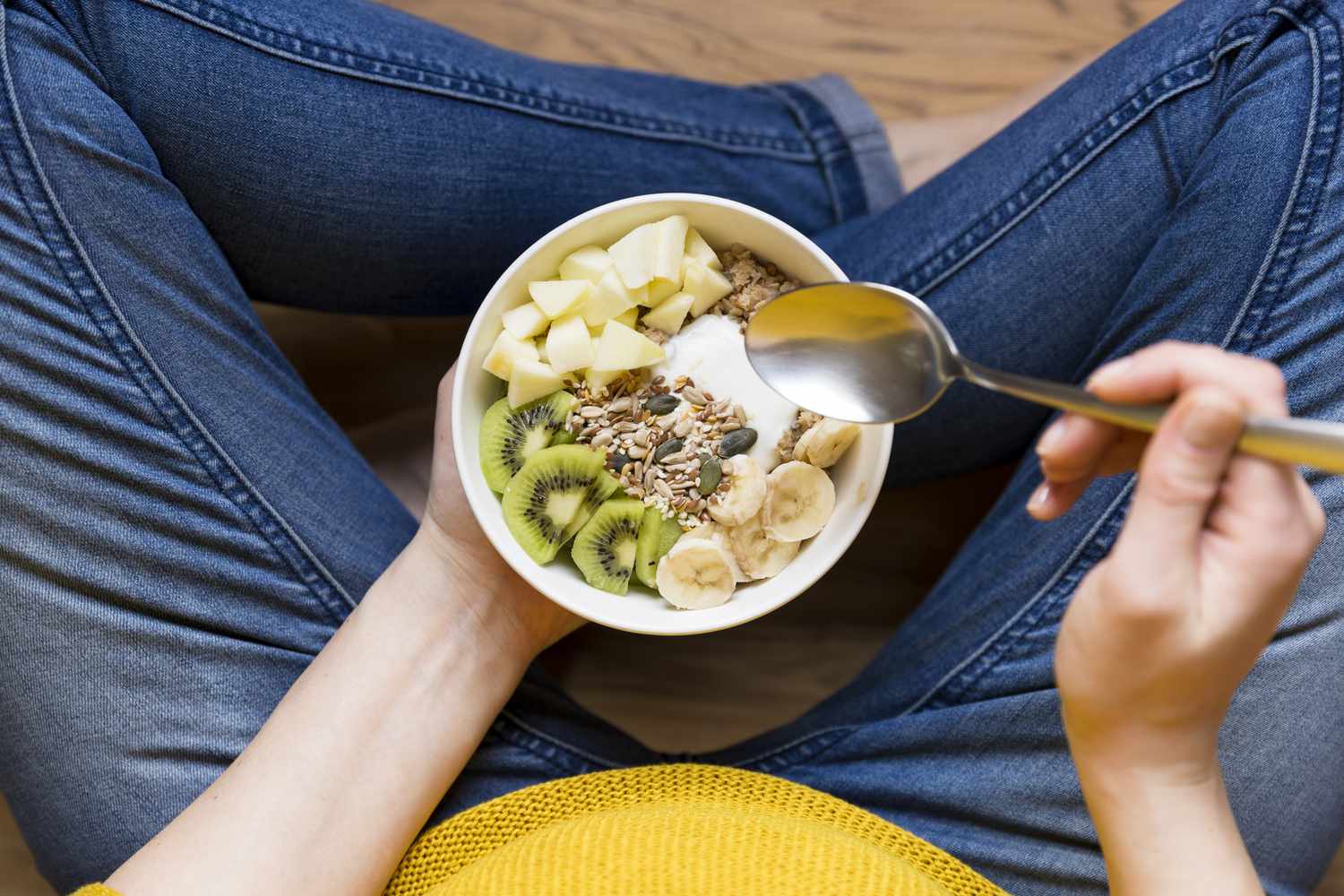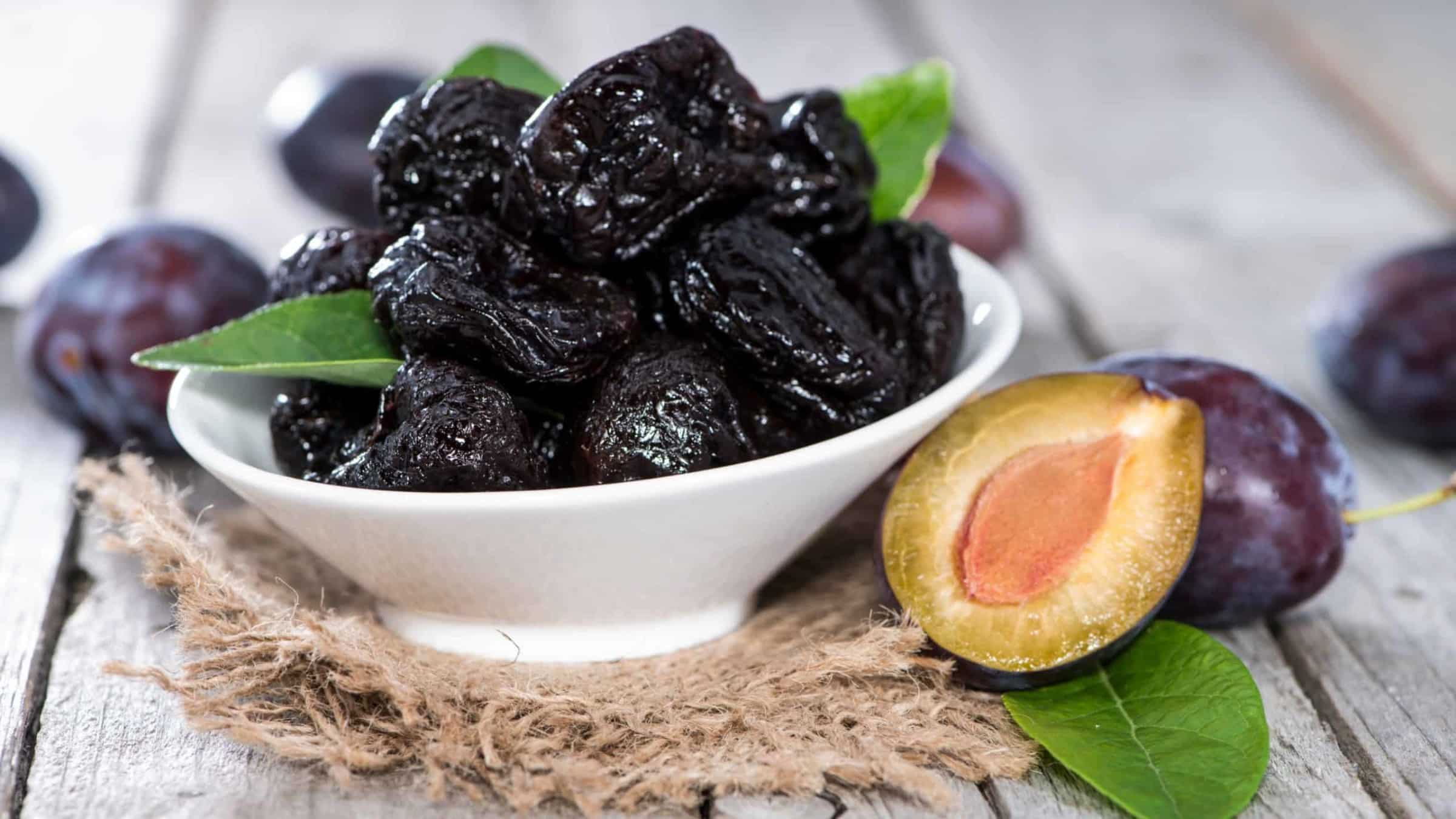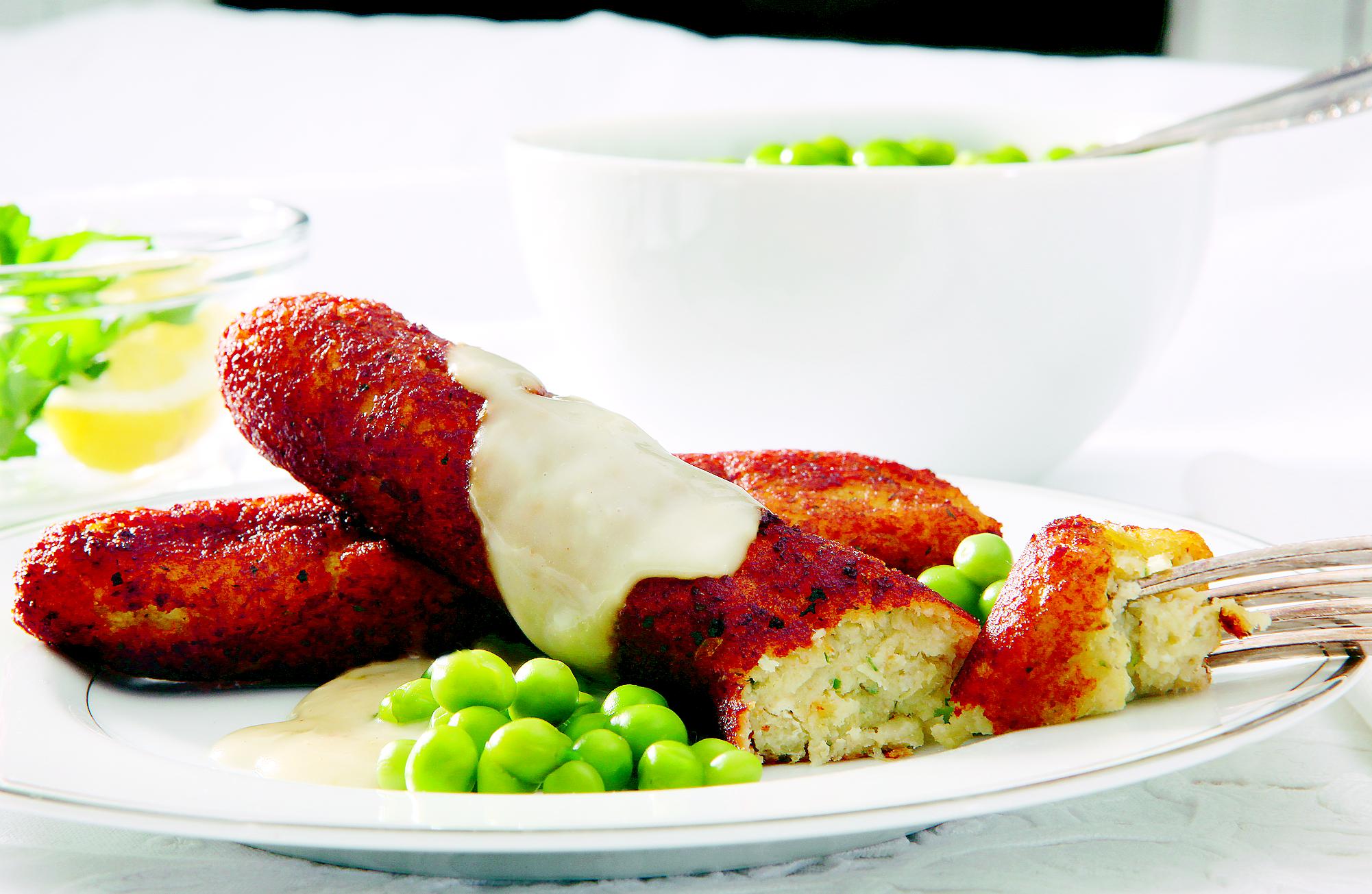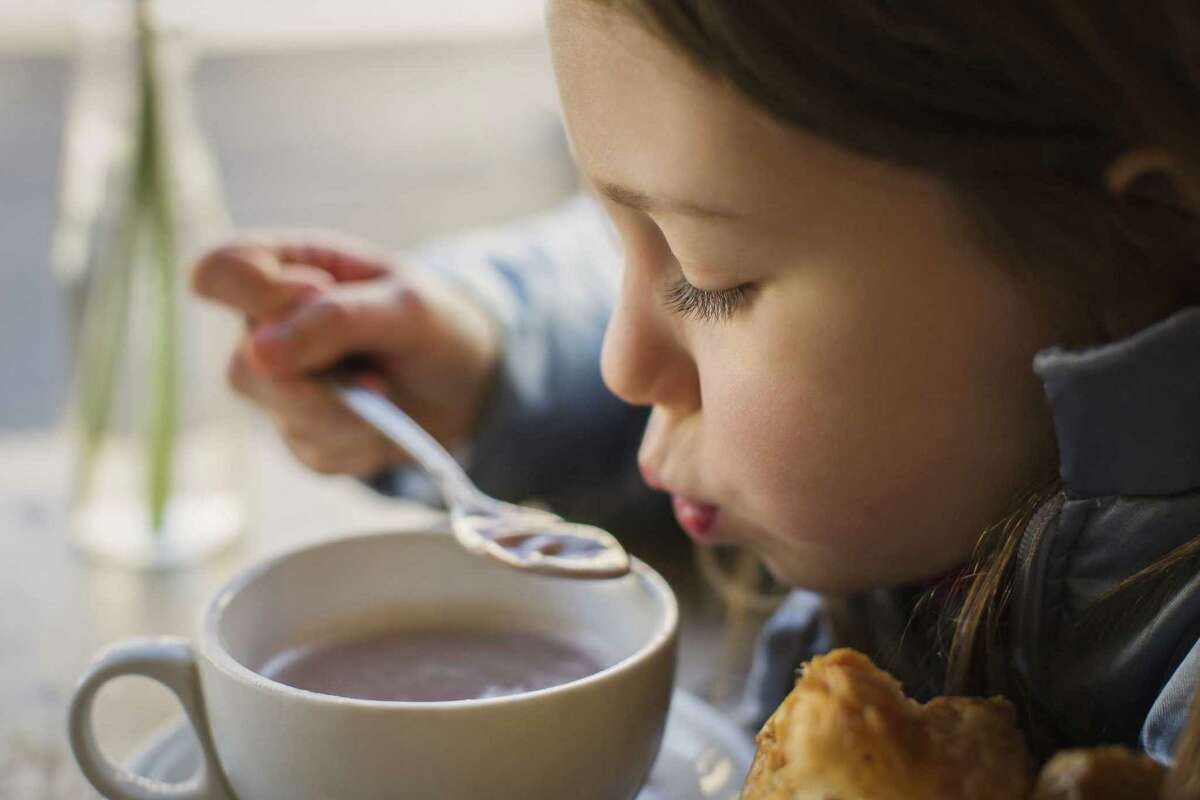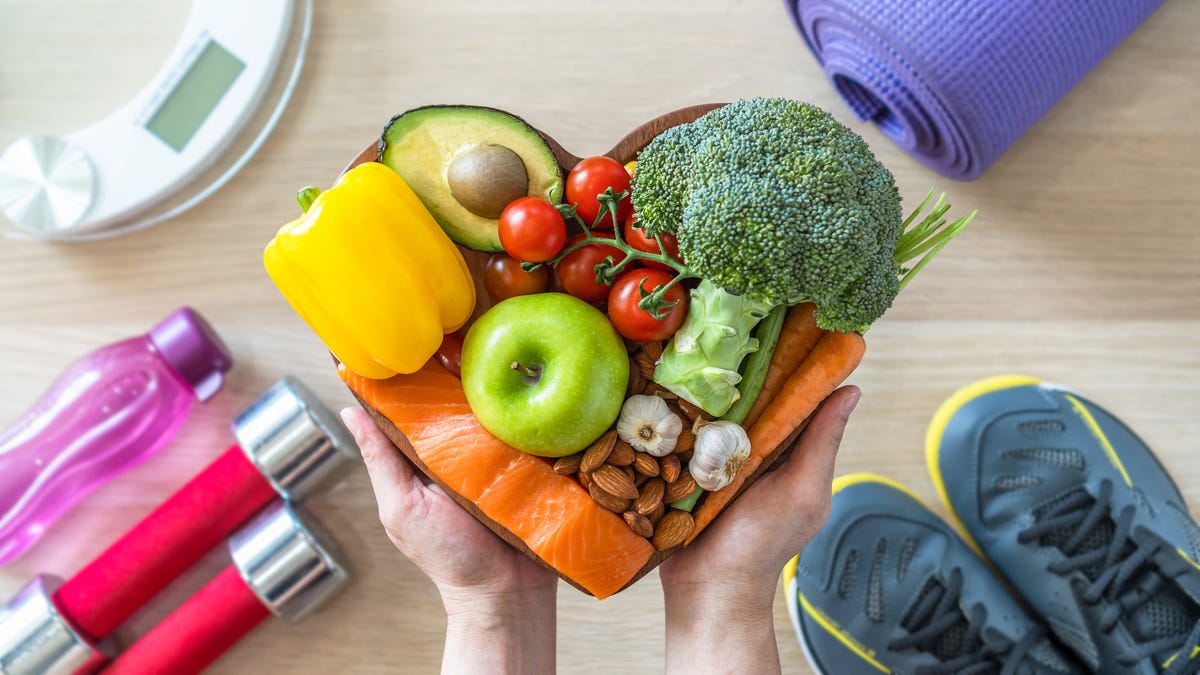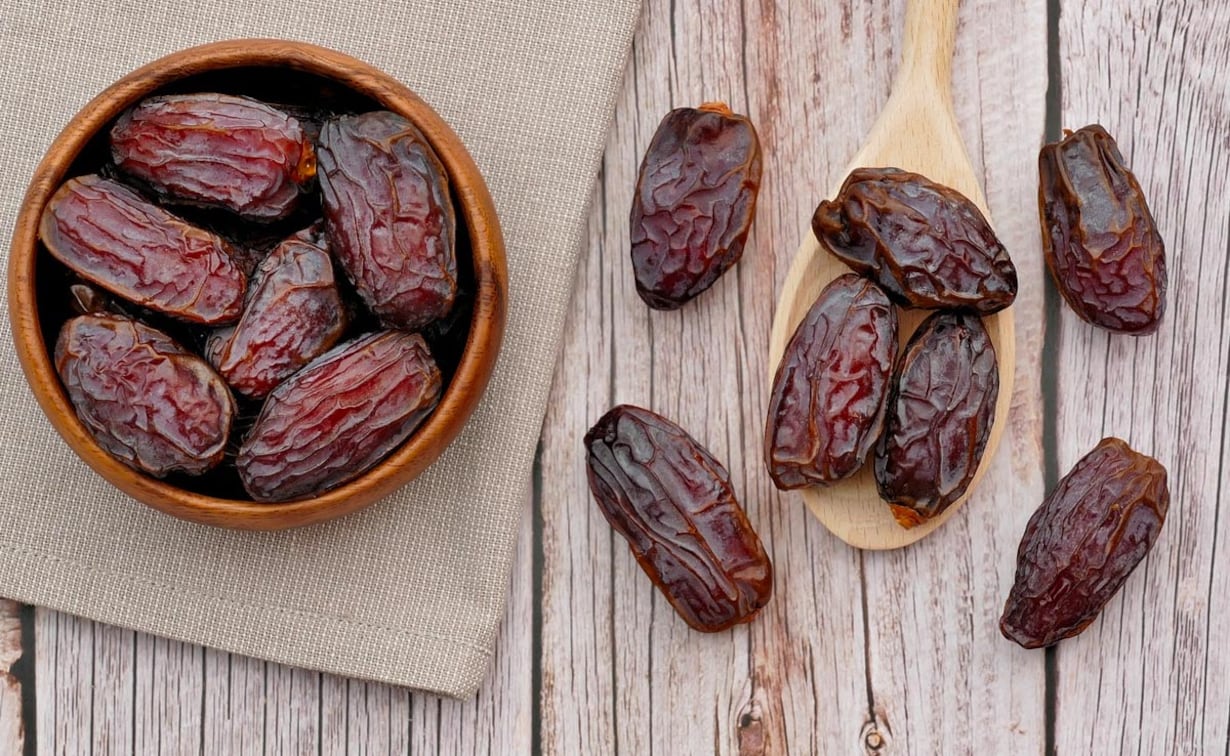When disaster strikes, providing nourishing meals becomes a top priority. Traditional relief food often focuses on basic sustenance, but gourmet approaches can offer comfort and dignity during tough times. By incorporating fresh ingredients, creative recipes, and thoughtful presentation, gourmet disaster relief meals can uplift spirits and provide essential nutrition. These meals not only meet dietary needs but also bring a sense of normalcy and care to those affected. From hearty stews to flavorful salads, gourmet options can transform the typical relief meal into something special, making a challenging situation a bit more bearable.
Essential Ingredients for Crafting Gourmet Disaster Relief Meals
Gourmet Approaches to Disaster Relief Meals
- Rice: 2 cups
- Canned beans: 2 cans (black or pinto)
- Canned vegetables: 2 cans (corn, peas, or carrots)
- Canned chicken: 2 cans
- Chicken broth: 4 cups
- Olive oil: 2 tablespoons
- Garlic powder: 1 teaspoon
- Onion powder: 1 teaspoon
- Salt: 1 teaspoon
- Black pepper: 1/2 teaspoon
- Dried oregano: 1 teaspoon
- Dried thyme: 1 teaspoon
- Dried basil: 1 teaspoon
- Soy sauce: 2 tablespoons
- Hot sauce: 1 tablespoon (optional)
- Instant mashed potatoes: 2 cups
- Powdered milk: 1 cup
- Granola bars: 6 bars
- Peanut butter: 1 jar
- Crackers: 1 box
- Bottled water: 1 gallon
Must-Have Tools for Preparing Gourmet Disaster Relief Cuisine
- Portable Gas Stove or Grill
- Essential for cooking in areas without electricity.
- Large Pots and Pans
- For preparing meals in bulk.
- Cutting Boards
- Multiple boards to help with food prep.
- Sharp Knives
- A set of good quality knives for efficient cutting.
- Can Opener
- Manual type, to open canned goods without power.
- Spatulas and Wooden Spoons
- For stirring and flipping food.
- Measuring Cups and Spoons
- Precision in recipes can make a big difference.
- Food Thermometer
- Ensures food safety by checking temperatures.
- Coolers and Ice Packs
- Keeps perishables safe and cool.
- Disposable Plates, Cups, and Utensils
- Reduces the need for washing dishes.
- Heavy-Duty Aluminum Foil
- Versatile for cooking and storing food.
- Food Storage Containers
- For leftovers or prepped ingredients.
- Water Filters or Purification Tablets
- Safe drinking water is critical.
- Portable Water Containers
- For storing and transporting water.
- First Aid Kit
- Safety first, especially when handling sharp tools and hot surfaces.
- Flashlights or Headlamps
- Provides lighting in case of power outages.
- Batteries or Solar Chargers
- Keeps essential gadgets powered.
- Fire Extinguisher
- A safety must-have for any cooking setup.
Use shelf-stable ingredients like canned beans, rice, and dried spices. Create simple, nutritious meals by combining these with fresh produce when available. Prioritize easy-to-cook recipes for efficiency during disaster relief.
The Importance of Gourmet Approaches in Disaster Relief Efforts
Gourmet approaches to disaster relief meals aim to provide nutritious, delicious food during crises. Quality meals boost morale, offer comfort, and maintain health. Chefs and volunteers use local ingredients and culinary skills to create balanced dishes. This method respects dignity and culture, ensuring everyone feels valued.
A Step-by-Step Culinary Journey: Gourmet Disaster Relief Meals
Gourmet Approaches to Disaster Relief Meals
1. Assess Needs and Resources
- Evaluate the number of people needing meals.
- Identify dietary restrictions and preferences.
- Check available cooking equipment and facilities.
- Inventory available ingredients and supplies.
2. Plan Nutritious Menus
- Balance proteins, carbohydrates, and fats.
- Incorporate fresh vegetables and fruits.
- Consider shelf-stable ingredients like canned beans, rice, and pasta.
- Plan for hydration with water, juices, and broths.
3. Source Quality Ingredients
- Partner with local farms and suppliers.
- Utilize donations from grocery stores and food banks.
- Prioritize fresh, local produce when possible.
- Ensure proper storage to maintain freshness.
4. Set Up a Sanitary Cooking Area
- Clean all surfaces and utensils thoroughly.
- Designate separate areas for raw and cooked foods.
- Ensure access to clean water for washing hands and ingredients.
- Use gloves and hairnets to maintain hygiene.
5. Prepare Ingredients Efficiently
- Chop vegetables and fruits in advance.
- Marinate proteins to enhance flavor.
- Pre-cook grains and legumes for quicker assembly.
- Store prepped ingredients in labeled containers.
6. Cook with Care
- Use large pots and pans for batch cooking.
- Monitor cooking temperatures to ensure food safety.
- Stir frequently to prevent burning and ensure even cooking.
- Taste and adjust seasonings as needed.
7. Assemble and Package Meals
- Portion meals into individual containers.
- Label containers with contents and date.
- Include utensils and napkins in each package.
- Ensure meals are sealed properly to prevent contamination.
8. Distribute Meals Efficiently
- Organize a distribution plan with clear roles.
- Set up distribution points in accessible locations.
- Coordinate with local authorities for smooth operations.
- Maintain social distancing and safety protocols.
9. Monitor and Adjust
- Gather feedback from recipients.
- Adjust menus based on feedback and available resources.
- Track inventory and restock as needed.
- Evaluate the effectiveness of the distribution process.
10. Maintain Records and Reports
- Document the number of meals prepared and distributed.
- Record any issues or challenges faced.
- Keep track of donations and expenses.
- Prepare reports for stakeholders and donors.
Bringing Gourmet to Disaster Relief
Gourmet meals in disaster relief can make a huge difference. They provide not just nutrition but also comfort and dignity to those affected. Using fresh, local ingredients and simple yet flavorful recipes can turn a basic meal into something special. Volunteers and chefs can work together to create menus that are both nutritious and delicious. This approach not only feeds the body but also lifts the spirit. By focusing on quality and taste, we can show that even in tough times, people deserve the best. So next time you think about disaster relief, remember that a little gourmet touch can go a long way. It’s about more than just food; it’s about caring for people in every possible way. Let’s make every meal count.
Frequently Asked Questions on Gourmet Disaster Relief Cooking
What are some nutritious ingredients to include in disaster relief meals?
Focus on non-perishable items like canned beans, dried fruits, whole grains, and nuts. These provide essential proteins, fiber, and vitamins.
How can we make disaster relief meals taste better?
Use spices and herbs like cumin, paprika, basil, and oregano. They add flavor without needing fresh ingredients.
Are there any easy recipes for disaster relief situations?
Yes, try a one-pot meal like lentil stew. Combine lentils, canned tomatoes, spices, and water. Simmer until cooked.
How do you ensure food safety in disaster relief?
Store food in airtight containers and keep them in a cool, dry place. Always check expiration dates and avoid cross-contamination.
Can you make gourmet meals with limited resources?
Absolutely! Use creative combinations of simple ingredients. For example, a canned tuna salad with beans, corn, and a dash of lemon juice can be quite gourmet.
What are some quick meal ideas for large groups?
Pasta dishes are great. Cook pasta, add a canned sauce, and mix in vegetables or beans. It’s filling and easy to make in bulk.
How do you keep morale high with food during disasters?
Serve comfort foods like soups, stews, and casseroles. These meals are not only nutritious but also soothing and familiar.
